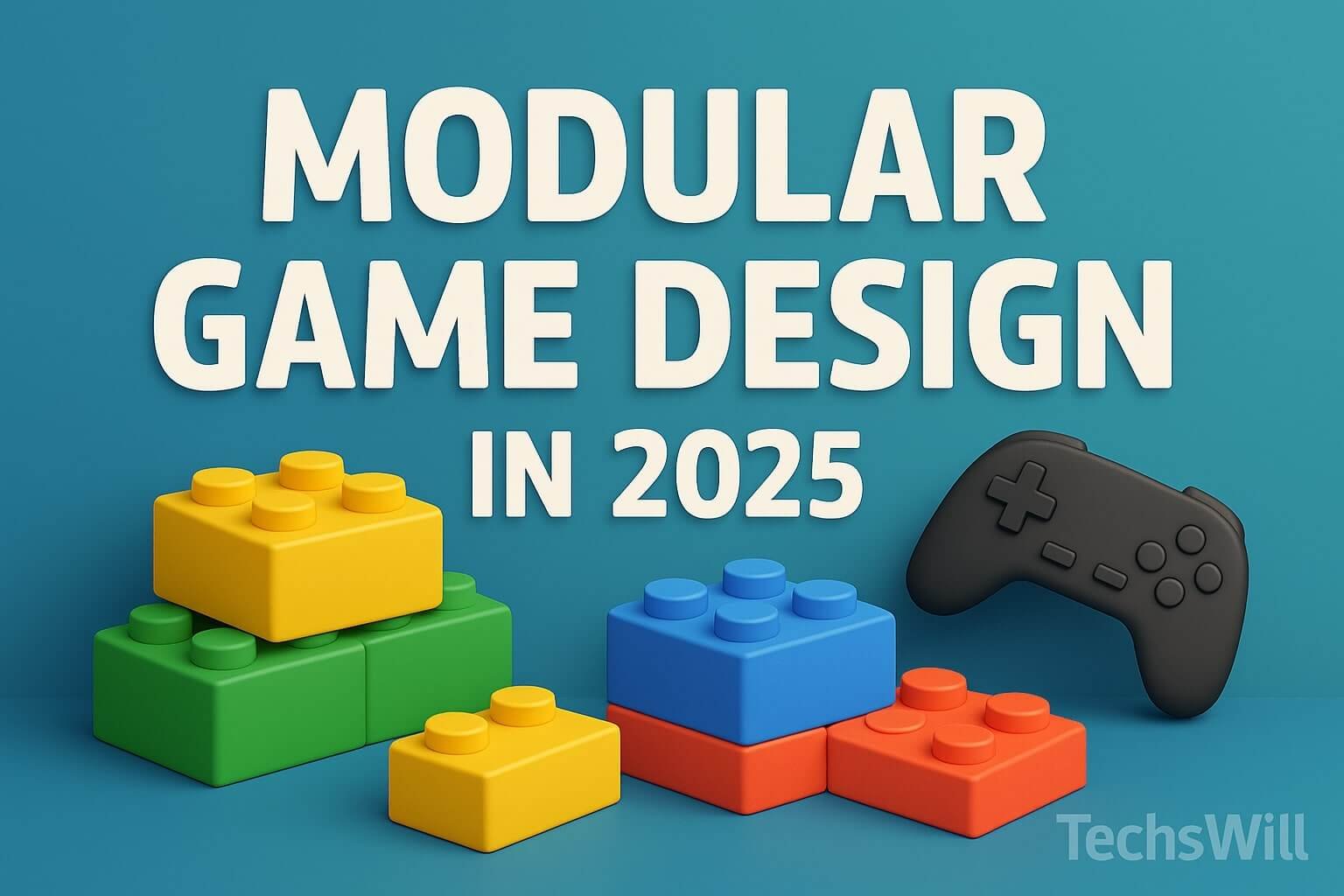Game development in 2025 is no longer about building everything from scratch. The smartest studios — from lean indie teams to AAA giants — are embracing modular game design as a way to create scalable, maintainable, and rapid-to-deploy content.
Think of it like LEGO: instead of sculpting your game as one giant statue, you’re assembling it from carefully designed, reusable bricks — each crafted to solve a particular problem, and each capable of being reused, re-skinned, or repurposed.
🧱 What is Modular Game Design?
At its core, modular game design is the practice of creating discrete components — whether systems, prefabs, scripts, or UI elements — that can be plugged into multiple parts of a game or even different projects entirely.
Instead of hand-coding level mechanics or duplicating enemy AI logic, developers create template systems that are:
- Reusable across scenes and levels
- Scalable without rewriting code
- Easy to maintain, test, and debug
🚀 Why It’s Taking Over in 2025
1. Faster Prototyping & Iteration
Need a new boss fight system or dialog engine? With modular design, you’re not starting from zero. Devs now maintain personal or studio libraries of reusable systems that can be plugged into new projects in minutes.
2. Better Team Collaboration
Modular components let artists, designers, and engineers work in parallel. While an artist polishes modular environment blocks, a developer wires the gameplay logic into prefabs that can be reused by the whole team.
3. LiveOps-Ready Architecture
Games like Fortnite or Genshin Impact are built on systems that support fast content injection. Need to push a new timed event? Drop it into a modular hook — no patch needed.
🧰 Tools That Make Modular Game Design Easy
- Unity: Prefabs, ScriptableObjects, Addressables, Custom Editors
- Unreal Engine: Blueprints, Actor Components, Data Tables, World Partition
- Blender: Asset packs and reusable kits for modular level design
- Trello + Notion: Modular design documentation and logic tracking
🔧 Real-World Example: Modular Combat System
Say you’re building a top-down shooter. Instead of hardcoding bullet logic into the player object, you build a modular weapon system that handles:
- Firing logic
- Cooldown timers
- Projectile behaviors
Attach it to any entity — player, enemy, boss — and it just works. Later, you swap the bullet prefab or audio with no changes to the core logic.
📈 Final Thoughts: Build Less, Reuse More
Modular design isn’t just a developer trick — it’s an efficiency mindset. When your game architecture is modular, you reduce bugs, empower your team, and create content faster.
As 2025 rolls forward, modular design will be a defining trend — not just in code, but in the way we think about building games.

